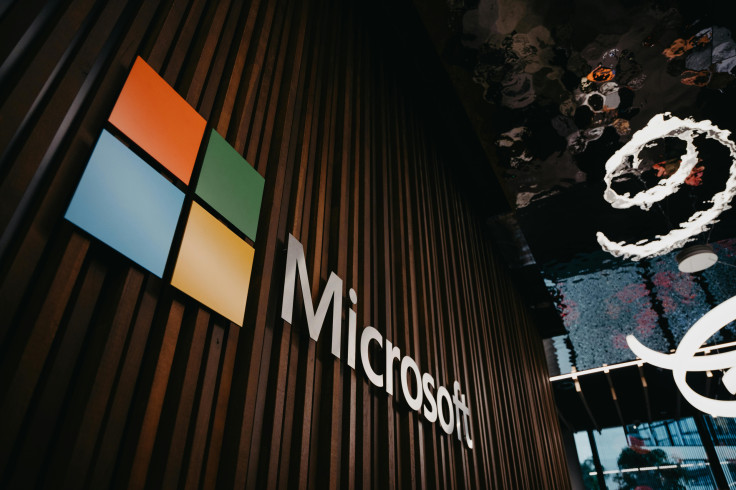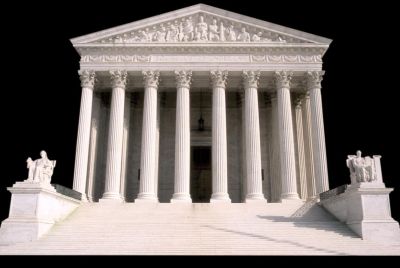Starbucks Unveils AI Barista That Could One Day Predict Your Coffee Order
Starbucks explores AI predictive ordering with a new barista tool to enhance customer convenience

Starbucks is stepping into the future with Green Dot Assist, a generative-AI assistant deployed in 35 pilot stores across North America that helps baristas in real time – and hints at a next phase where the system could predict a customer's coffee order before they ask.
Built on Microsoft Azure's OpenAI platform, the initiative reflects the company's ambition to fuse human-centred service with advanced technology.
Green Dot Assist was introduced during the company's Leadership Experience event in Las Vegas marking a significant step in Starbucks' digital transformation strategy.
What Is Green Dot Assist?
Green Dot Assist is a conversational AI tool accessible via in-store iPads. It allows baristas to ask questions and receive instant responses about recipes, shift planning, store performance, and troubleshooting.
The assistant replaces the need to consult manuals or search for guidance, streamlining workflows and boosting confidence among staff.
Deb Hall Lefevre, Starbucks' Chief Technology Officer, described the assistant as a way to simplify 'access to essential information in the flow of work for partners, making their jobs a little easier while they build confidence and expertise.' The company emphasises that the technology is not intended to replace human workers, but to enhance their ability to deliver quality service.
Predicting Your Next Brew?
While the current version of Green Dot Assist focuses on operational support, Starbucks executives have hinted at more ambitious capabilities. In future iterations, the AI could use customer data to anticipate orders based on past preferences, time of day, and seasonal trends.
Speaking at the Dreamforce technology conference, Starbucks CEO Brian Niccol noted that the company is exploring how AI can help enhance customer experiences and streamline the ordering process. Starbucks is piloting tools that could allow AI to predict customer orders based on factors like time of day, location, and past purchases.
Niccol has outlined a vision for a future in which the Starbucks experience is entirely frictionless, with AI-driven systems integrated so seamlessly that customers may not even need to open the app.
He described a scenario where a customer could simply speak into their phone, saying, 'Hey I need my Starbucks order I'll be there in 10 minutes,' and have their drink ready upon arrival. This approach, focused on 'anticipating what we know you're going to order,' alongside the adoption of voice ordering, reflects the company's ambition to use AI to boost both personalisation and speed.
A Strategic Shift Under Niccol
These AI developments are part of a broader strategic transformation led by Niccol, who stepped into the CEO role just over a year ago. Under his leadership, Starbucks is shifting its core priorities away from pure operational efficiency and task management, placing greater emphasis on delivering an outstanding customer service experience. A key element of this shift involves ensuring baristas are empowered to craft more personalised beverages.
In July, Niccol moved away from a previous strategy that prioritised mobile-only pickup locations with limited human interaction, instead steering the company back toward the concept of the 'third space'—a hallmark of the Starbucks brand under former CEO Howard Schultz. He reinforced this direction with a $1 billion (approx. £750 million) restructuring initiative announced in October.
A Strategic Partnership with Microsoft

The assistant was developed in collaboration with Microsoft, leveraging the tech giant's Azure OpenAI infrastructure. Starbucks has long partnered with Microsoft on digital initiatives, including mobile ordering, cloud migration, and data analytics.
The AI assistant is part of Starbucks' broader turnaround strategy, which includes simplifying barista tasks and speeding up service. The company has faced operational challenges in recent years, including staffing shortages and shifting consumer habits.
Human Connection Still at the Heart
Despite its tech-forward approach, Starbucks insists that human connection remains central to its brand. The company says the AI assistant is designed to empower baristas, not replace them, and to free up time for more meaningful customer interactions.
'Technology at Starbucks is designed to enable human connection in our coffeehouses,' Lefevre said in a press release. 'We announced our first generative-AI powered solution to support green apron partners—a bold innovation that will unlock new possibilities for the coffeehouse leaders who serve customers around the world.'
As Starbucks continues to pilot Green Dot Assist, industry analysts are watching closely to see how the technology performs in real-world settings. If successful, it could set a new standard for AI integration in retail and hospitality, blending automation with personalisation in a way that enhances both employee experience and customer satisfaction.
Whether the assistant will one day know your coffee order before you do remains to be seen. But for now, it's helping baristas serve up your favourite drinks with a little more speed—and a lot more tech.
© Copyright IBTimes 2025. All rights reserved.





















